Mushrooms and Toadstools and Fungi, oh my! The low down on that magical red mushroom with the white spots
Welcome to Lost in Folklore, where I will be looking at elements of folklore and myth, dipping into their origins and symbolism and exploring how they show up in culture ancient and modern.
I’ve always had a love of folk stories and myths. My novels are based on Greek myths. I believe, as Joseph Campbell said, ‘mythology is the penultimate truth--penultimate because the ultimate cannot be put into words.’
In this fractured, exhausting modern world of ours, we can gain so much calm, clarity and joy by looking to universal stories and the collective wisdom of what it is to be human.
Plus, it’s a lot of fun! So let’s begin.
Okay, before we dive in, yes, yes, I know the question that’s been giving you sleepless nights: what exactly is the difference between a toadstool and a mushroom?
Let’s allow the experts to answer that. Gardener’s World says, “The term 'toadstool' is often used to refer to fungi with a stem and a cap, or to fungi that are poisonous, while "mushroom" is more often used to define fungi that are edible. However, these are generally used, loose and subjective terms rather than clearly defined distinctions. There's no biological or scientific difference between a toadstool and a mushroom.”
Fair enough. Go forth and impress at dinner parties with your fascinating trivia. (Insert own “Fun Guy” joke here).
Ahem. Moving swiftly on. The fungi we are talking about today is, of course, the one pictured above, the red one with white spots, proper name fly agaric or Amanita Muscaria. the mushroom can usually be found growing beneath birch, pine and spruce trees between late summer and early winter, and is described by Wikipedia as “large white-gilled, white-spotted, and usually red”, which coincidentally is an accurate description of me after a night on the sambuca.
This mushroom (Mushstool? Toadroom?) is oft seen in fairy tales and perhaps most memorably, in Alice in Wonderland.
“In a few minutes the caterpillar took the hookah out of its mouth, and got down off the mushroom, and crawled away into the grass, merely remarking as it went: “the top will make you grow taller, and the stalk will make you grow shorter.”
“The top of what? the stalk of what?” thought Alice.
“Of the mushroom,” said the caterpillar, just as if she had asked it aloud, and in another moment it was out of sight.
Alice remained looking thoughtfully at the mushroom for a minute, and then picked it and carefully broke it in two, taking the stalk in one hand and the top in the other.”
Perhaps Lewis Carroll has been on the ’shrooms himself at one point, as it’s true that this mushroom has hallucinogenic toxins. Fly agaric has been used in shamanic rituals for many thousands of years.
Stoned Santa?
There’s even the suggestion that this ceremony gave rise to the traditional Santa Claus myth:
“One of these rituals, performed as part of the Siberian midwinter festival of Annual Renewal, would see a shaman gather fly agaric from under sacred trees whilst wearing red and white fur-trimmed coats and long black boots. He would then enter the yurt… through a hole in its roof…bringing with him a bag of dried fly agaric. Could this be the origin of Santa descending through a chimney carrying a bag of gifts?” asks BBC Wildlife:
Not something we are likely to see on the Coca Cola Christmas advert anytime soon, but certainly food for thought.
Oh, did I mention? Don’t eat them. “Its ingestion is soon followed by nausea, vomiting, diarrhea, excessive salivation, perspiration, watering of the eyes, slowed and difficult breathing, dilated pupils, confusion, and excitability,” according to the Britannica .
Now I’m remembering those sambuca nights again.
Their hallucinogenic properties have caused this mushroom to be linked to various ancient myths. Some believe it to be the source of the sacred ‘soma’, mentioned in the hymns of the Hindu Rig-Veda, written between 1500 – 500 BCE, reputed to give strength and immortality to those who partake in it.
According to Trees for Life, “fly agaric fits many of the Vedic references as a substance with which to contact the gods.”
The same article also suggests that fly agaric might have been used by the Vikings. “Modern research has also shown that the two active ingredients’ effect on the brain can inhibit fear and the startle reflex. This would corroborate theories that the ferocious Viking Berserker warriors used fly agaric prior to going into battle, bringing on the uncontrolled rage and fearlessness for which they were renowned.”
However, some sources refute this, with The Viking Museum in Stockholm suggesting, “If anything, fly agaric would have made them particularly worthless warriors, since the side-effects include drowsiness, vomiting, muscle spasms and numbness in arms and legs.”
Like all the best elements of mythology, the fly agaric retains an element of mystery and rumour, and is impossible to pin down.
So, where else in art and culture does this mushroom turn up?
I’m not a gamer but it would be remiss of me not to mention that, to many, this mushroom is most familiar as the character Toad in Super Mario Brothers.
And for those of an older vintage, these little fellows also turn up in the 1940 Disney animation Fantasia in this delightful scene which is set to the Chinese Dance from Tchaikovsky’s Nutcracker Suite (in case you were wondering, as I was, why the mushrooms are Chinese)
They feature often in art, too. Here’s a beautiful watercolour from 1892
And the mushrooms supposedly turn up in Hieronymus Bosch's "The Garden of Earthly Delights", seen below. Searching for them is a bit like a game of Where’s Wally and honestly, I still haven’t located them as I keep getting distracted by the massive fish with human legs and the man with the flower growing out of his bum. If you find them, do send me a screenshot.
Easier to spot is this one, featured front and centre in The Intruder (ca. 1860) by John Anster Fitzgerald, best known for his fairy paintings.
That said, there’s a lot going on here too. The glare on that frog! The looks the fairies are throwing him! I don’t know what the beef was at this shindig, but I want to.
(It may actually be something to do with flies. Fly agaric contains ibotenic acid which attracts but also kills flies, which would make these mushrooms a handy place for frogs and toads to hang out. But I prefer to believe that he turned up to the party with his ukulele.)
In rather more cheerful fashion, our friend fly agaric also appears quite often on antique Christmas Cards, fitting right in with those festive colours.
And for the person you don’t want coming for the Boxing Day buffet, there’s this one, which is like some creepy Stranger Things version, all inverted colour scheme and bulbous animosity. And does that bottom one have…a face? Brrrrr.
It makes sense that mushrooms became so associated with fairies and folk tales. As this wonderful Readers Digest article says, “for small woodland creatures the large splay of a mushroom would seem like natural furniture.” Add in to that tales coming into Europe of travellers experiencing, in Siberia, brightly coloured mushrooms that induce a kind of enchantment, and it’s little surprise that the distinctive red and white-spotted mushroom was quickly established in lore.
And lastly, we can’t finish without a mention of fairy rings or fairy circles, those rings of mushrooms found in forests. Fairy rings meant different things to different cultures - in some they were believed to be circles for elves to dance around, in others places for witches to gather, elsewhere they were dinner tables for fairies and in still others, stepping into a fairy circle meant accessing a portal to another world!
So imagine the power of this fairy ring, in which one fly agaric stands proudly in the centre of a circle of other mushrooms.
Your favourite mushroom’s favourite mushroom - that’s the fly agaric.
So, there you have it - a quick guide to the folklore surrounding that much-loved red and white spotted mushroom. If you know something about the fly agaric and folklore, do let me know in the comments.
Sweet hallucinogenic dreams,
Nicola x




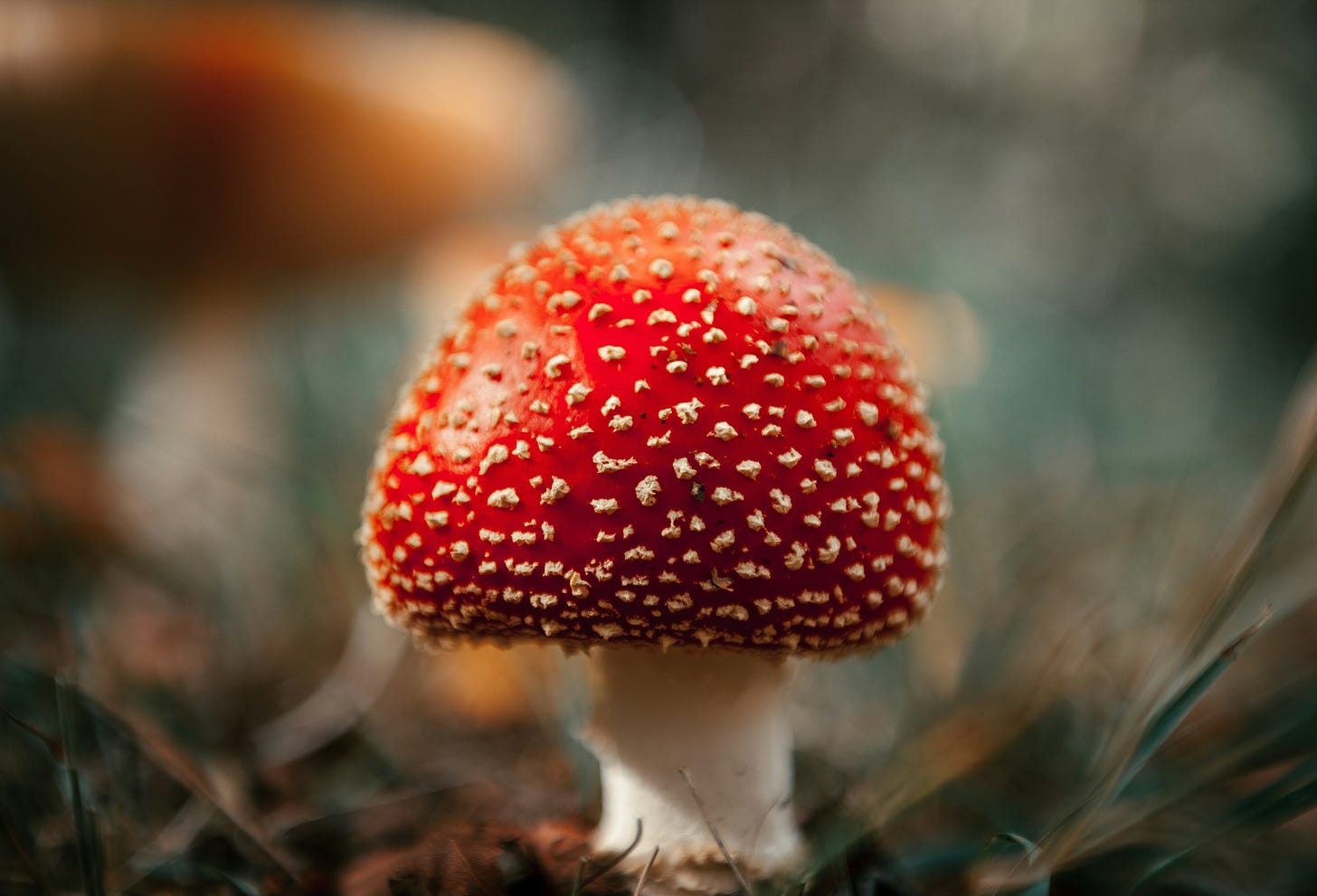
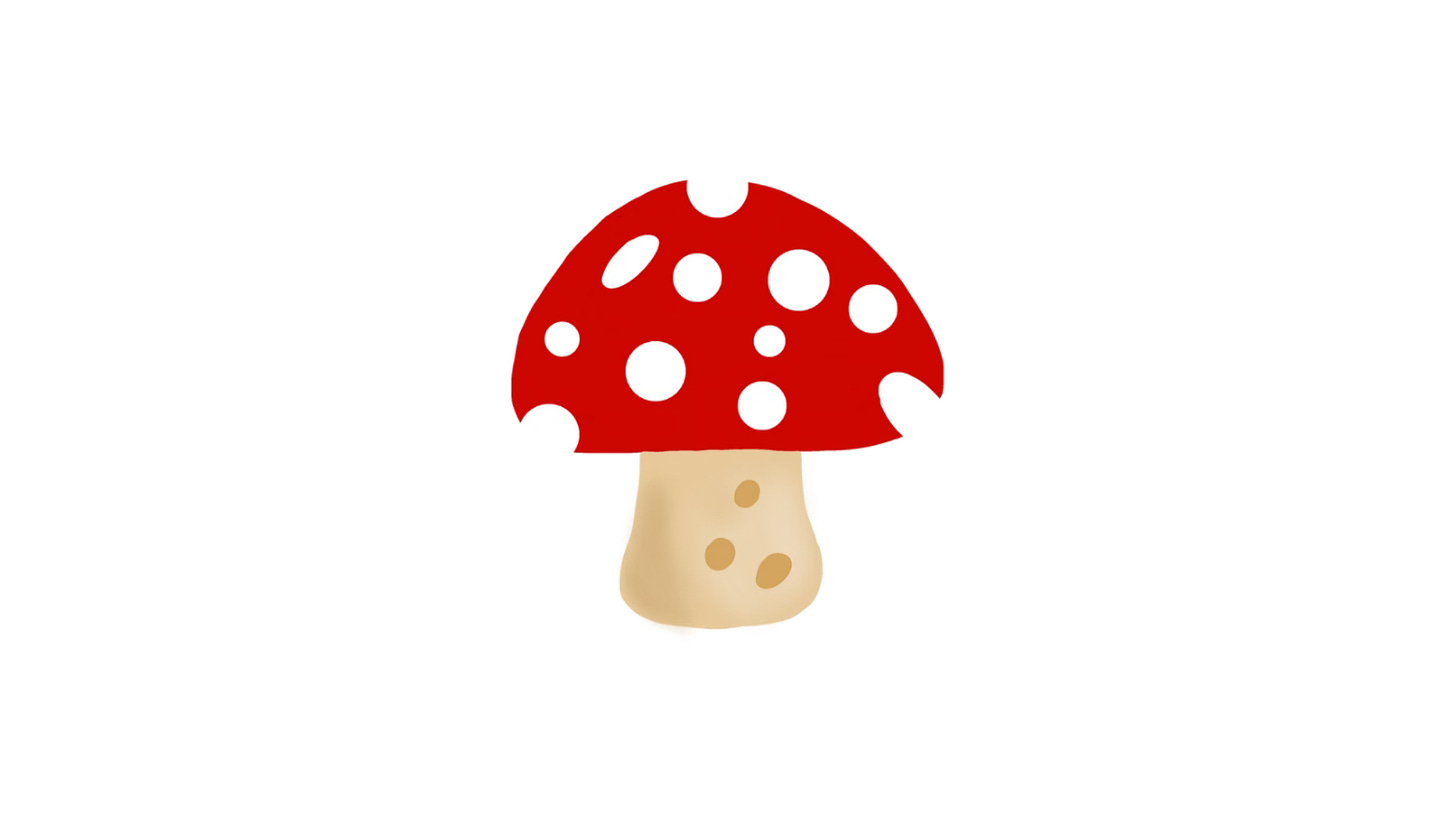
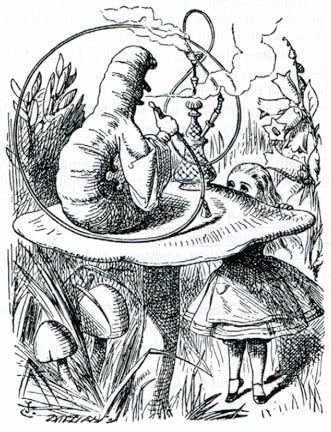

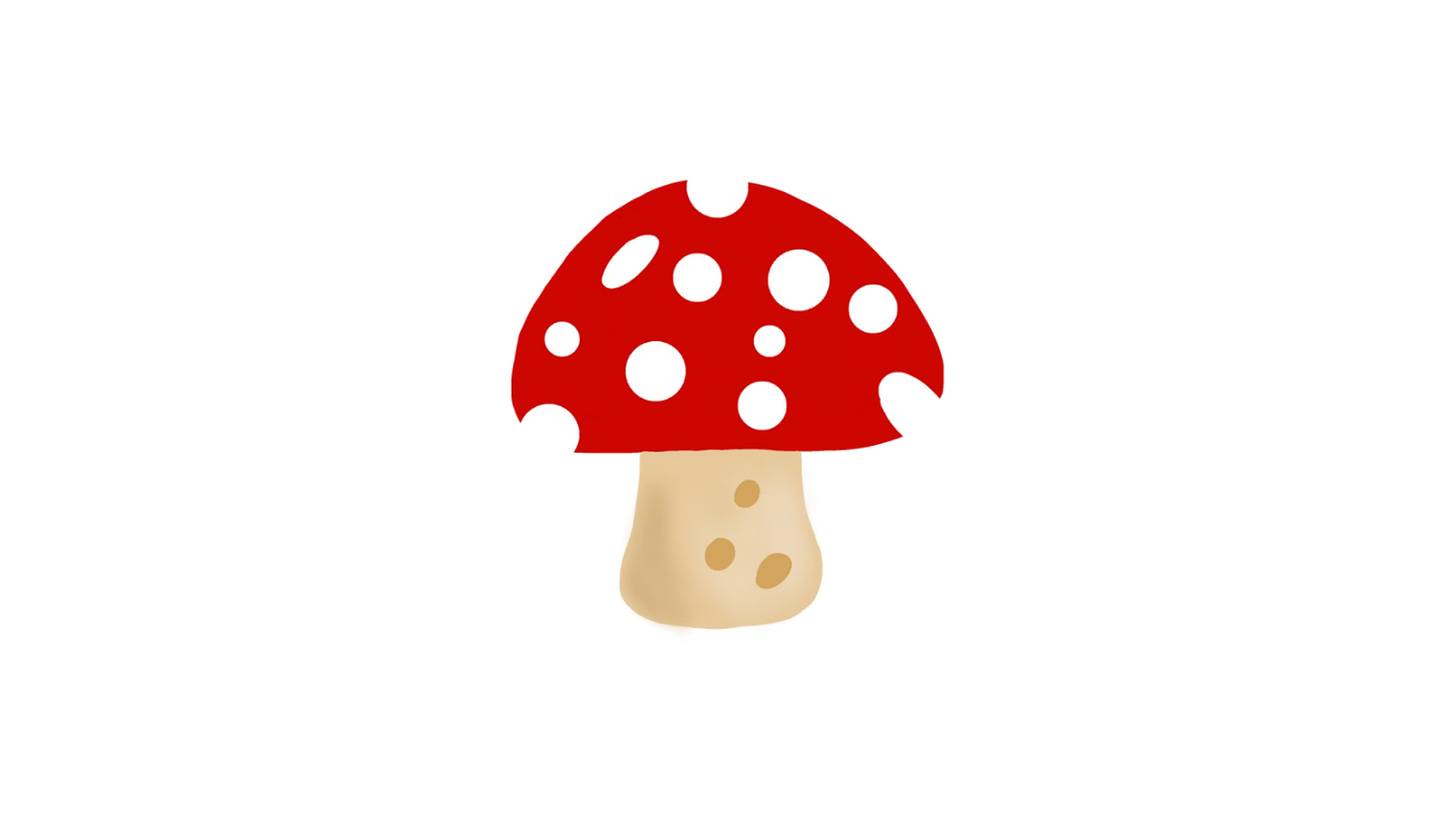

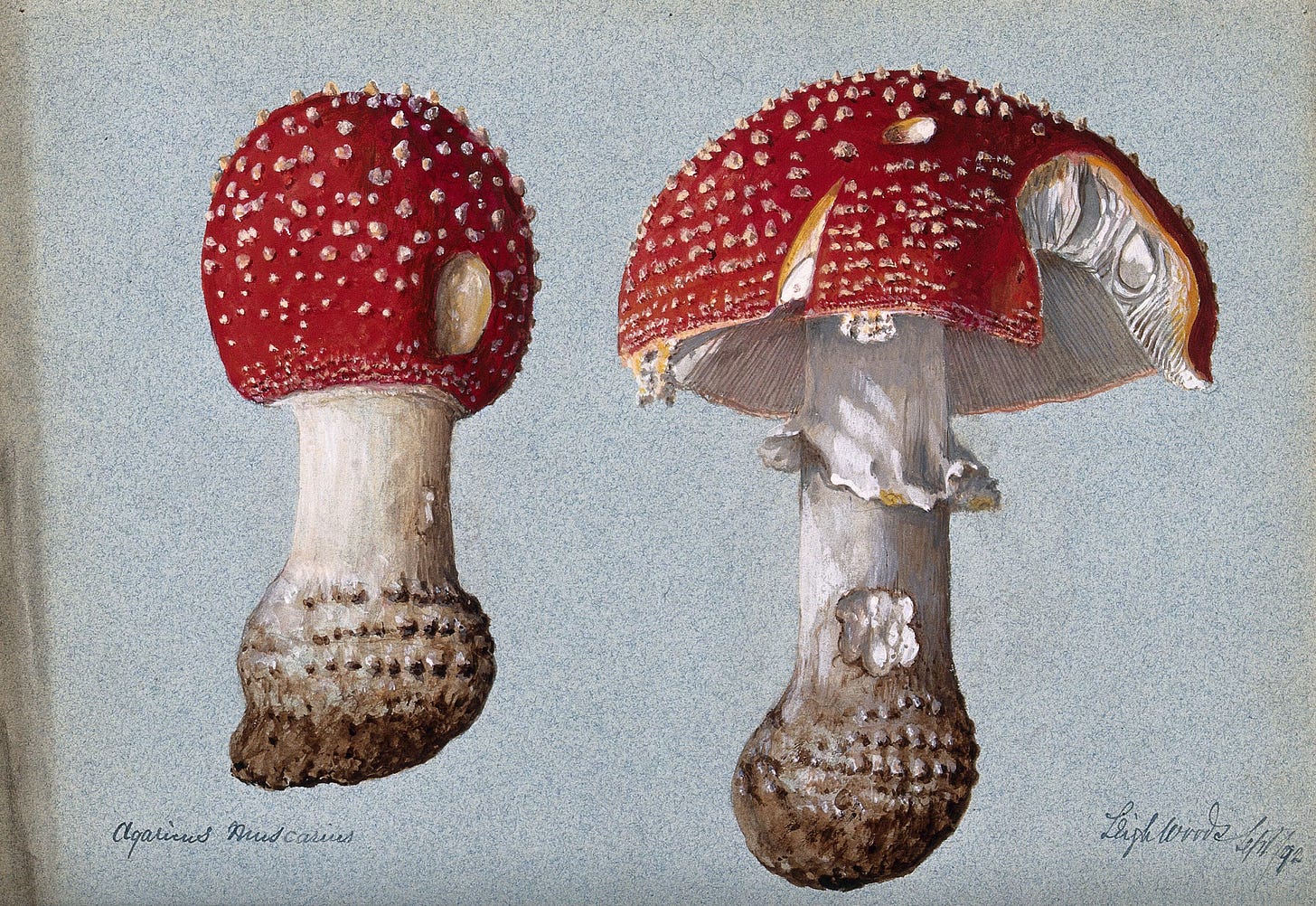
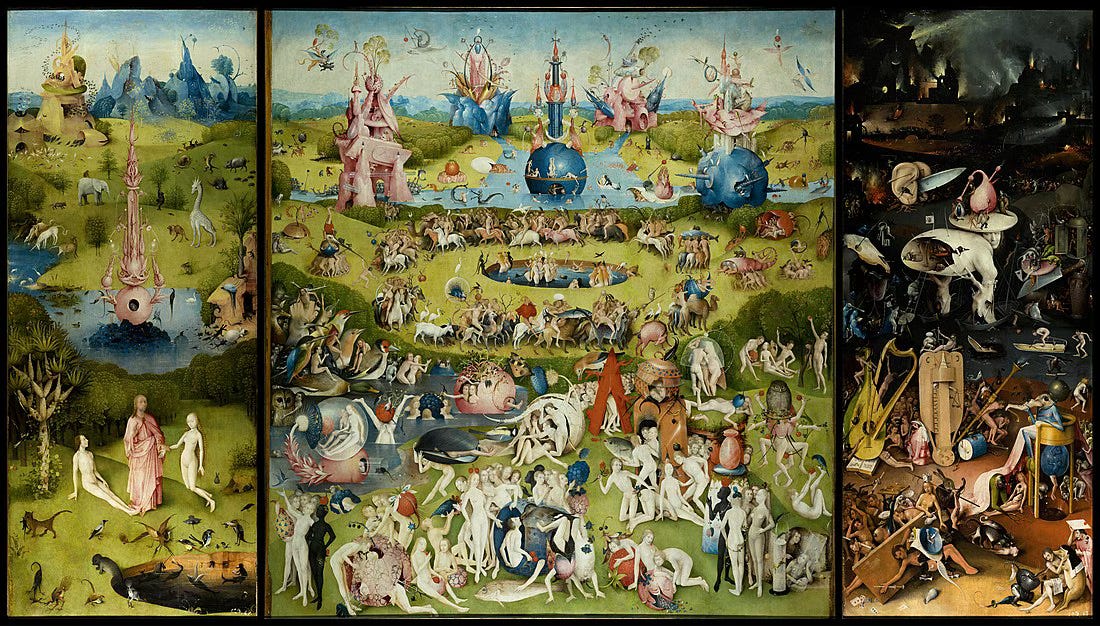
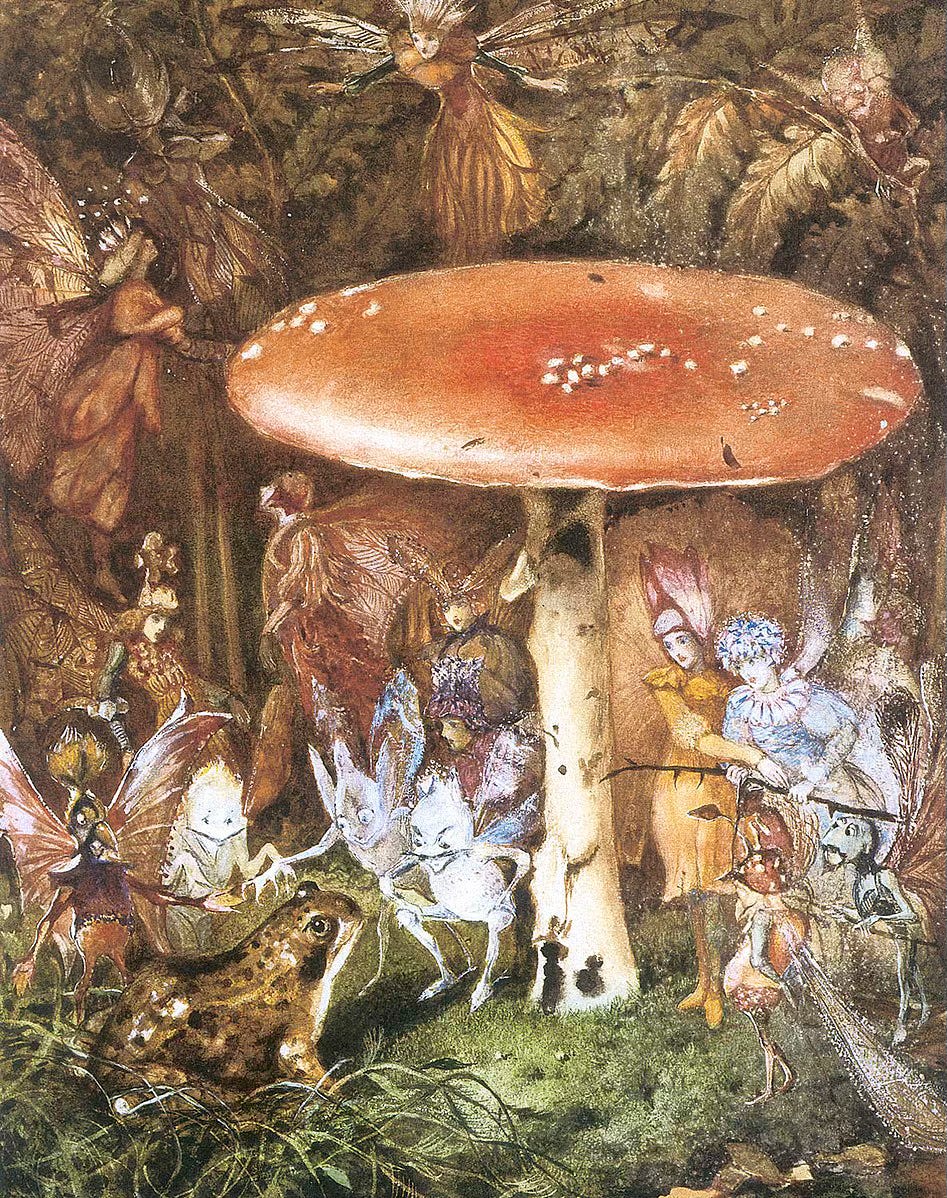
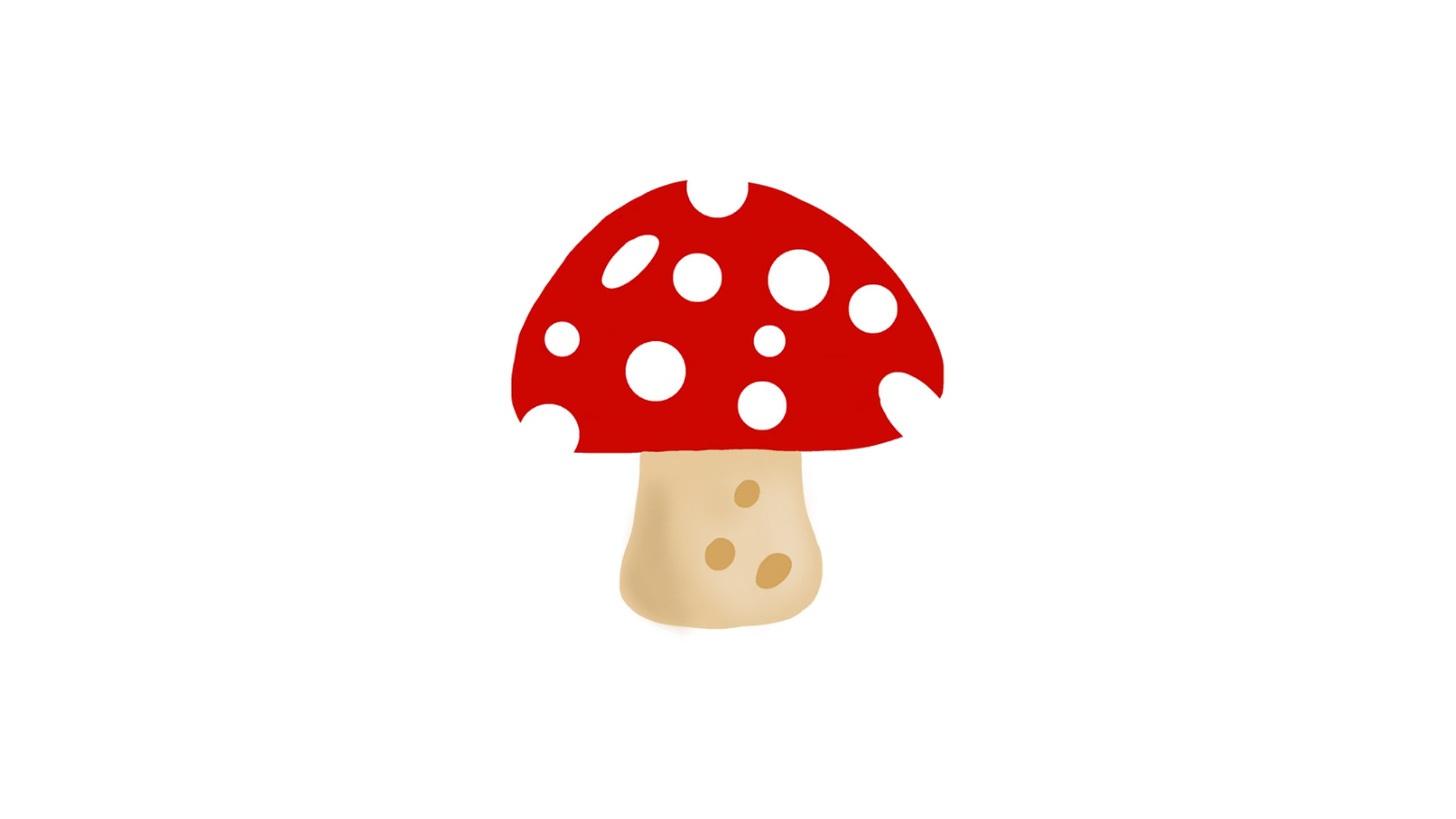
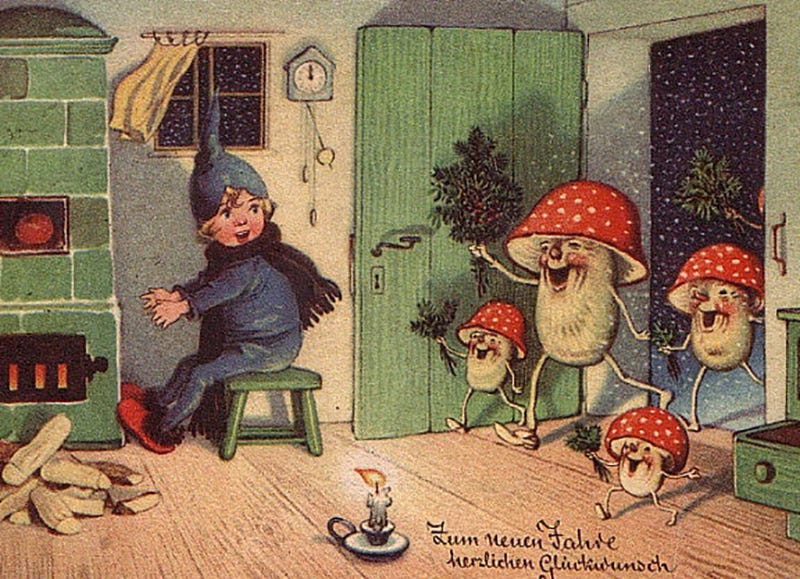
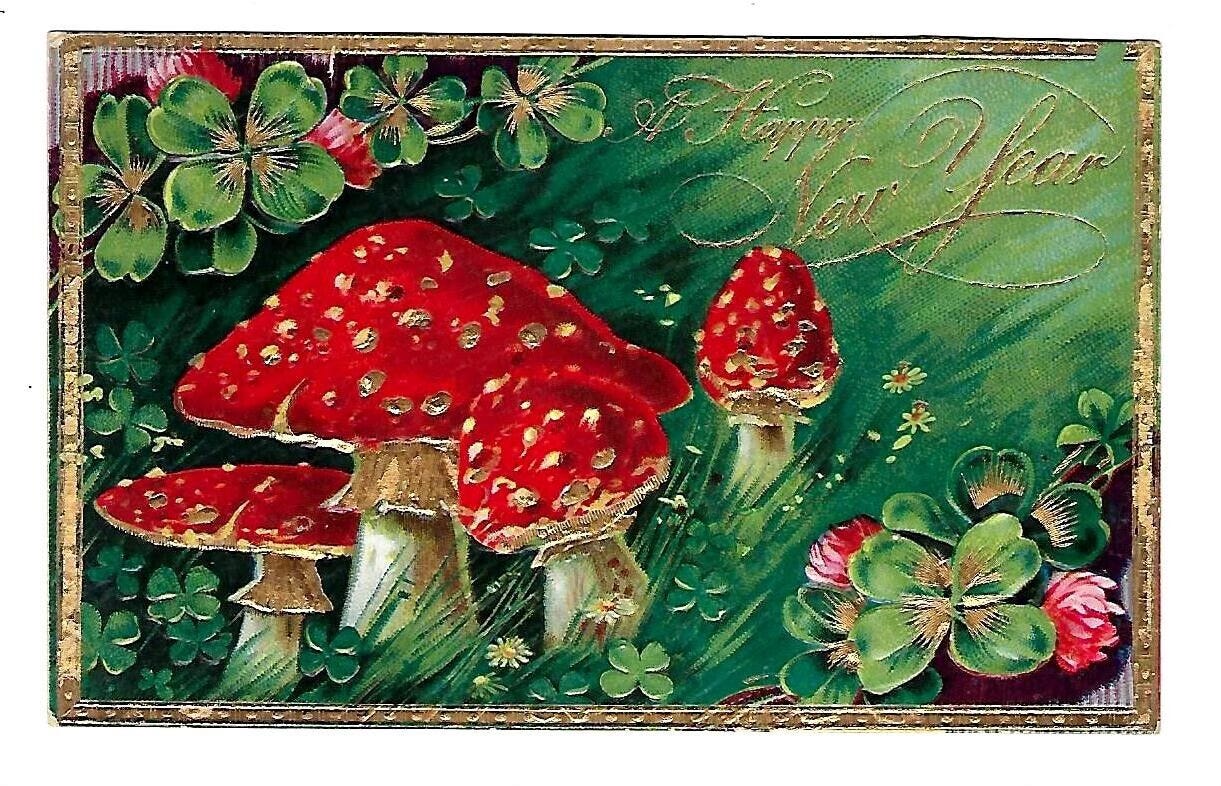
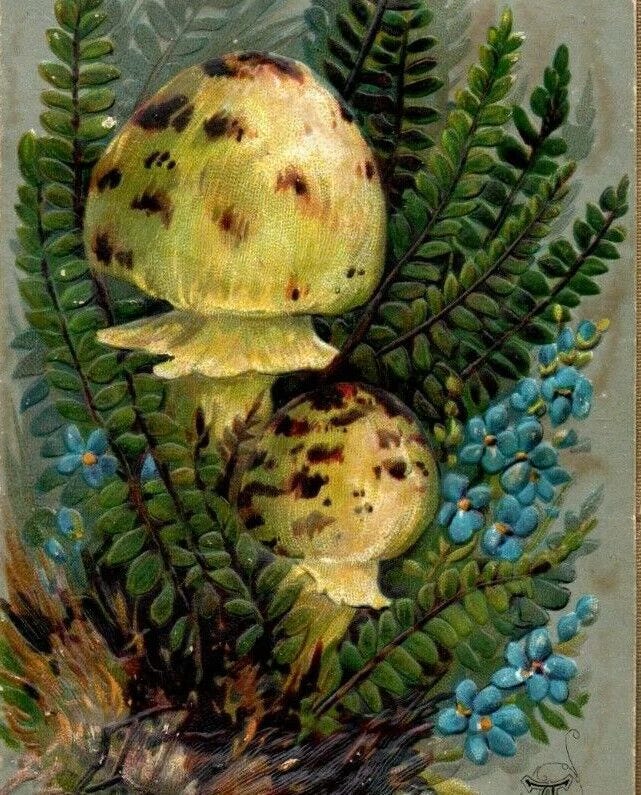


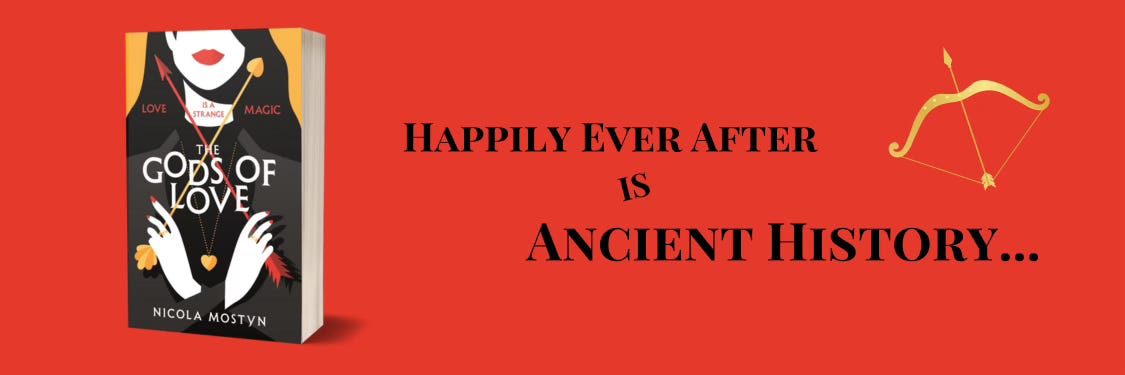
I love this article. Informative and fun too! ❤️🍄
A friend has just told me that "Lapland is in the heart of the Sammi people in northern Scandinavia and they use fly agaric in rituals. I also heard that its so powerful that they would feed it to reindeers and then drink their urine as it diluted its potency. so they would all basically be off their heads, making flying reindeers seem less far fetched." How good is that!? 🧑🎄 𐂂